« View all research
#Social VR
Designing a mixed-initiative multi-user VR interface for wildfire mitigation
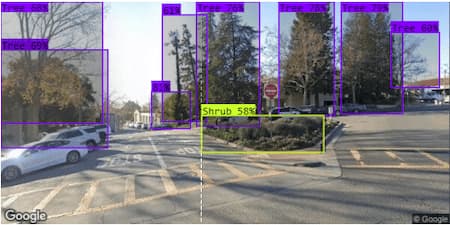
Wildfires in California are increasing in severity and frequency due to climate change. In collaboration with civil engineering researchers in the Soga Group at UC Berkeley, we are designing multi-user VR applications so groups of stakeholders can navigate simulations and datasets related to mitigating harm from wildfires. In the above image, we tested an object detection tool's capability for identifying vegetation, a component of modeling wildfire spread. Contributors to the report from the SET Lab are Samir Ghosh, Anthony Angeles, Andrew Moskovich, and Katherine Isbister. From the Soga Group are Yanglan Wang, Kecheng Chen, and Kenichi Soga. This report was accepted as a workshop paper to CHI ’23: HCI for Climate Change Imagining Sustainable Futures, April 28, 2023, Hamburg, Germany
#Social VRSocial VR Research
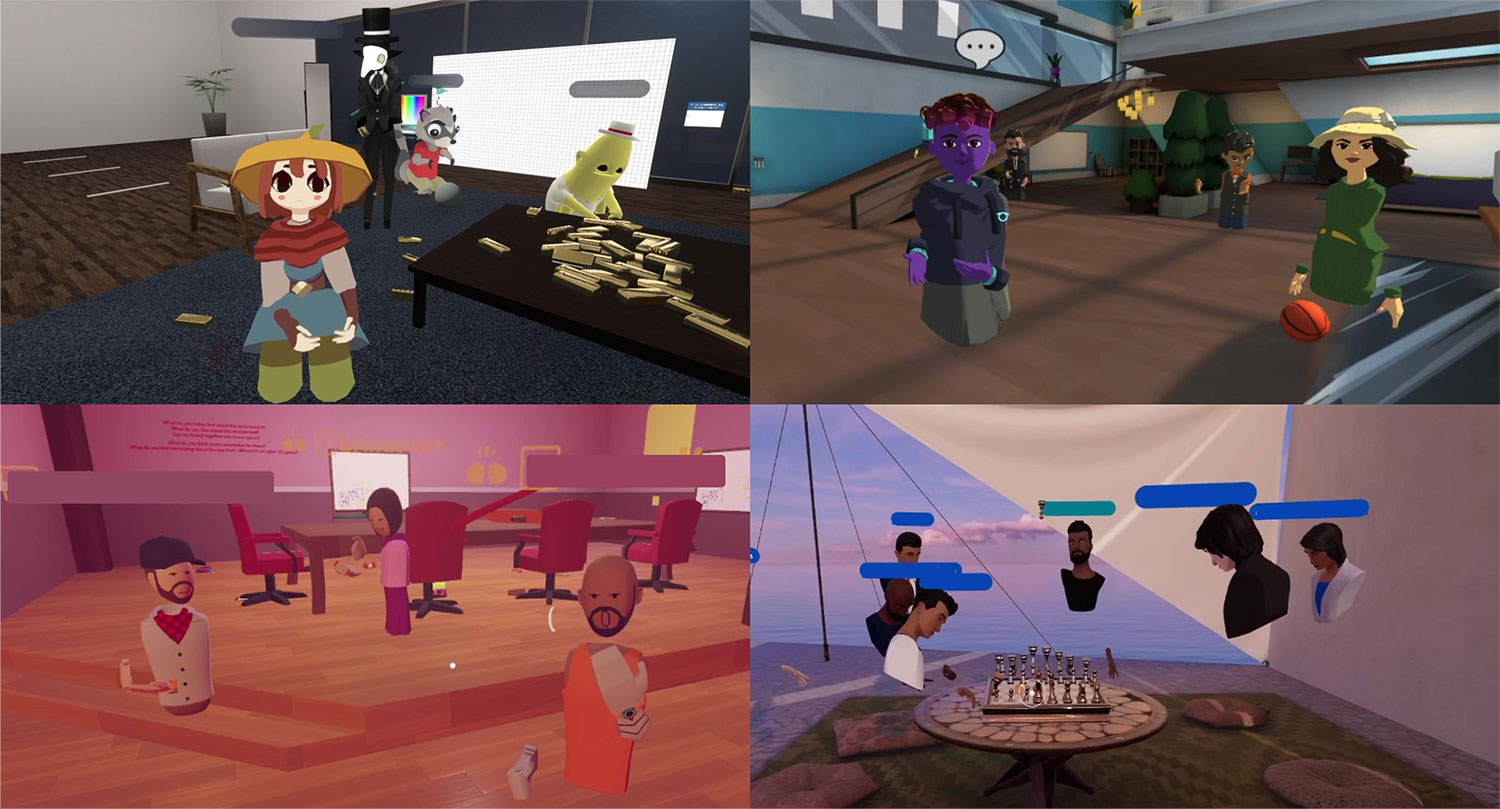
This project explores building social VR technology to improve networked meetings. VR shows promise as a technology for supporting remote meetings in new ways because it puts team members in a shared media space, which allows for familiar communication tactics. This project focuses on design and development of social VR tools to improve face-to-face meetings by helping participants time manage, come to decisions, stick to an agenda, and achieve social connection and support for ideas. These innovations seek to make online meetings more effective and satisfying. This work was supported by the National Science Foundation under Grant No. 2007627 and No. 2007755
#Social Augmentation#Social VRUnderstanding Emerging Design Practices for Avatar Systems in the Commercial Social VR Ecology
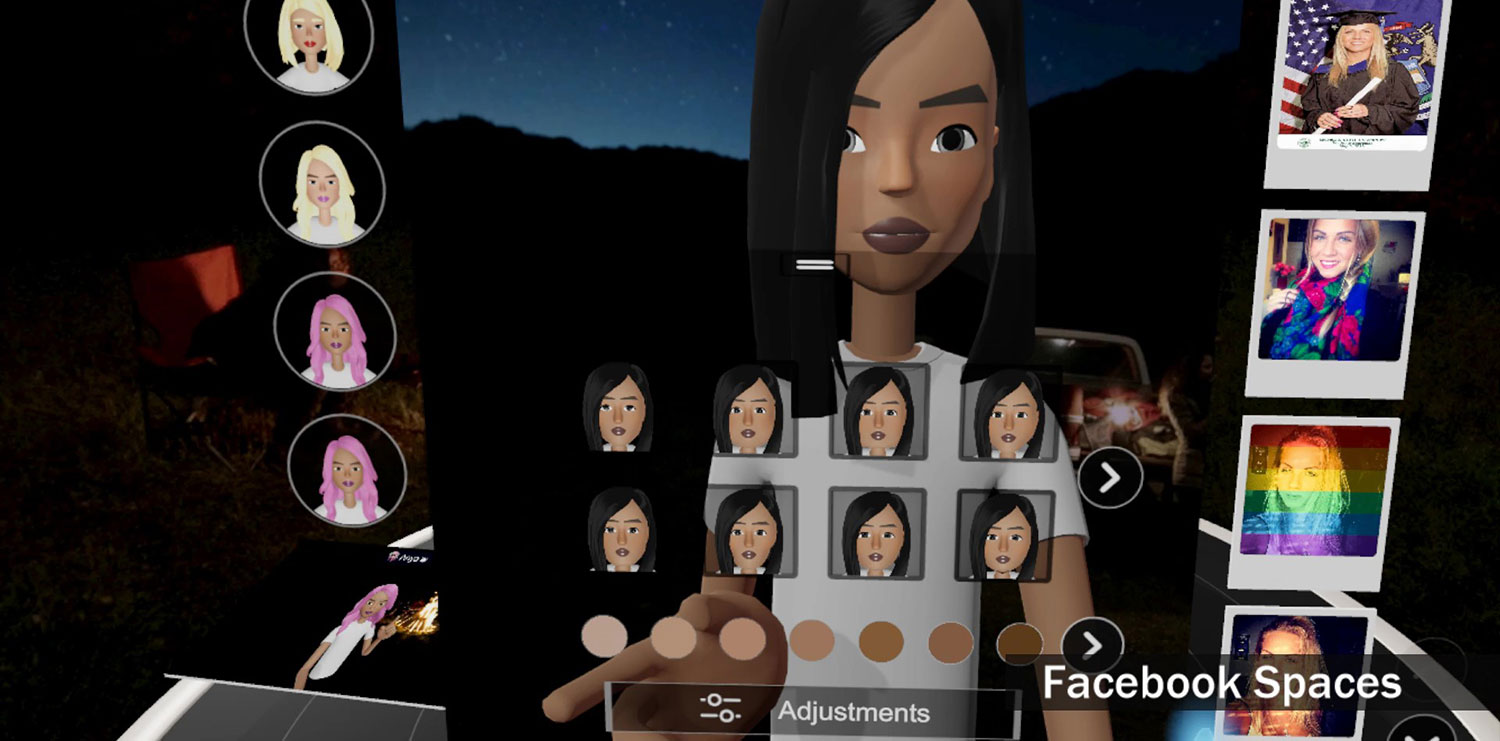
In the emerging ecology of commercial social VR, avatars that serve to represent individuals within these multi-user virtual worlds are at the heart of the embodied social experience. Current industry approaches to avatars in social VR applications vary widely, and the (sometimes tacit) design knowledge acquired by those who created these platforms has much to offer research in HCI. In this paper, we describe current design practices, and reflect on the design approaches that characterize avatars and avatar systems in this emerging commercial sector. To investigate design approaches to avatar systems and their impact on communication and interaction with people within this medium, we interviewed industry experts associated with a range of platforms including Rec Room, AltspaceVR, High Fidelity, VRChat, Anyland, and Mozilla Hubs. In analyzing the ways that design choices shape embodied experience, we map design approaches to avatar systems in this evolving landscape and make preliminary claims about the impact of these varying design approaches.
#Social Augmentation#Social VRWhat's it Mean to 'Be Social' in VR? Mapping the Social VR Design Ecology
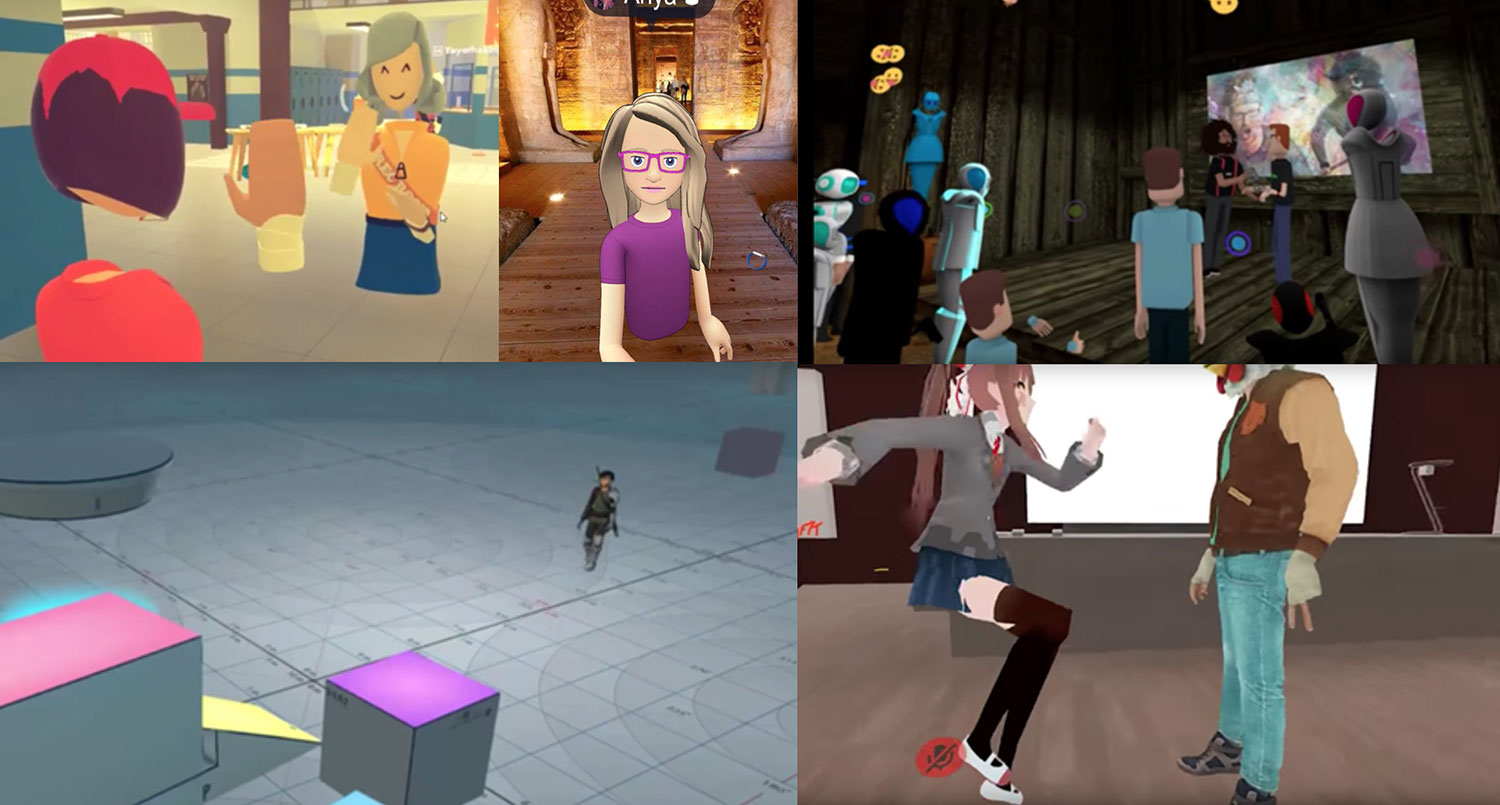
The emerging ecology of commercial social VR currently includes a diverse set of applications and competing models of what it means to be social in VR. This study maps a slice of this ecology, comparing and contrasting ways different applications frame, support, shape, or constrain social interaction. We deploy a method of design-oriented autobiographical landscape research to examine five platforms: Facebook Spaces, Rec Room, High Fidelity, VRChat, and AltspaceVR. We analyze design choices underlying these environments and draw attention to issues of space and place, locomotion, and social mechanics. Drawing on this analysis, we identify key issues and concerns for future research and design in social VR.
#Social Augmentation#Social VRShaping Pro-Social Interaction in VR: An Emerging Design Framework
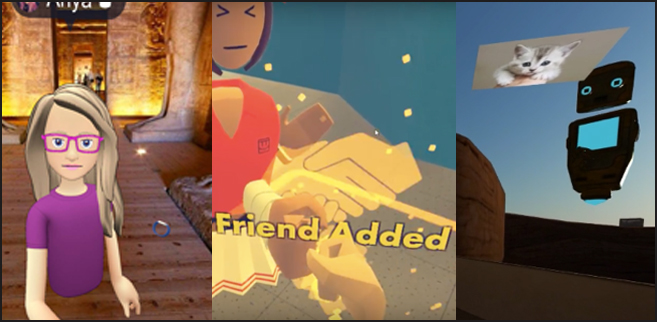
Commercial social VR applications represent a diverse and evolving ecology with competing models of what it means to be social in VR. Drawing from expert interviews, this paper examines how the creators of different social VR applications think about how their platforms frame, support, shape, or constrain social interaction. The study covers a range of applications including: Rec Room, High Fidelity, VRChat, Mozilla Hubs, Altspace VR, AnyLand, and Facebook Spaces. We contextualize design choices underlying these applications, with particular attention paid to the ways that industry experts perceive, and seek to shape, the relationship between user experiences and design choices. We underscore considerations related to: (1) aesthetics of place (2) embodied affordances, (3) social mechanics, (4) and tactics for shaping social norms and mitigating harassment. Drawing on this analysis, we discuss the stakes of these choices, suggest future research directions, and propose an emerging design framework for shaping pro-social behavior in VR.
#Social Augmentation#Social VRConversation Balance: A Shared VR Visualization to Support Remote Meetings
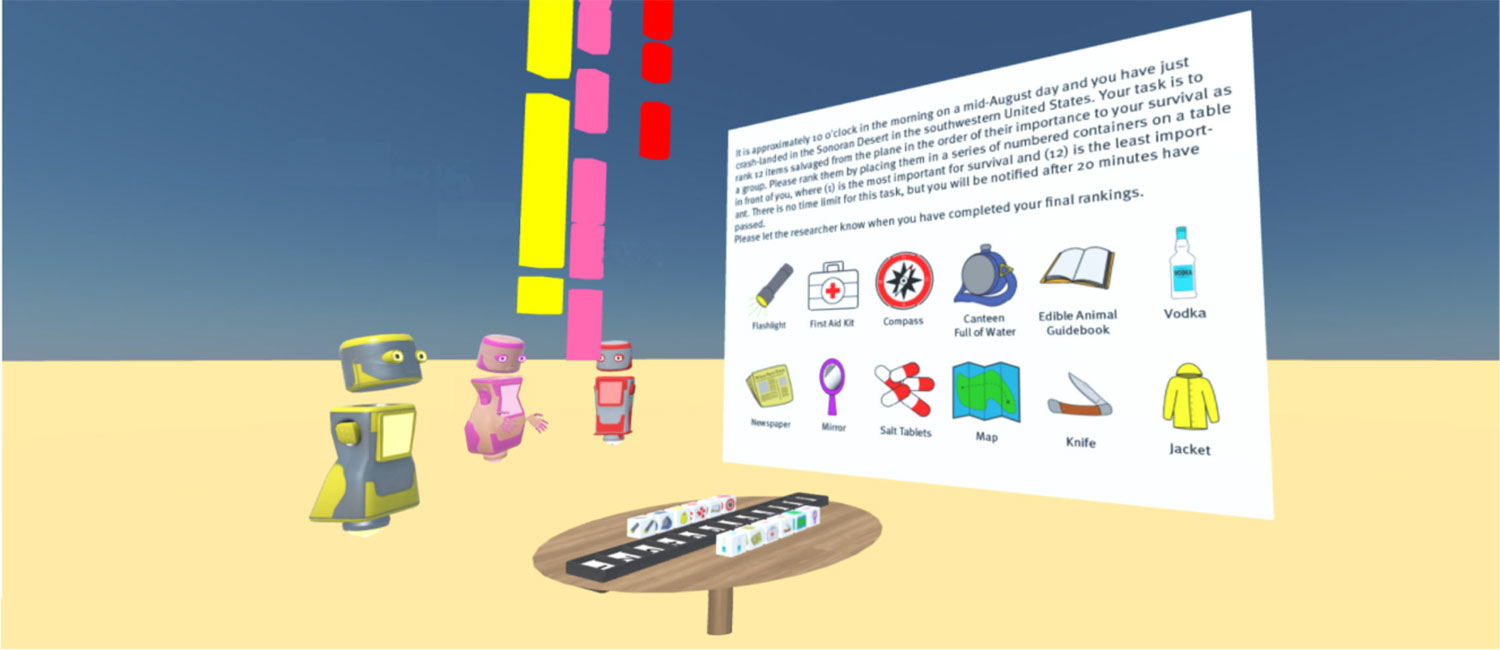
Since the spread of COVID-19, the world has pivoted to a remote working lifestyle, where people’s work lives are connected everyday through distributed technologies. This interactivity demonstration provides users with a visualization of their conversational turn-taking, within a shared Virtual Reality (VR) environment. It is intended to help support balanced communication in remote meetings. Project contributors include UCSC MS students Victor Jialang Li and Sean Fernandes, Ph.D. students Anya Osborne and Max Kreminski, undergraduate students Tara Lamb and Sarah Banks, as well as researchers working with SF State professor Joshua McVeigh-Schultz, including George Butler.
#Social Augmentation#Social VRAstaire
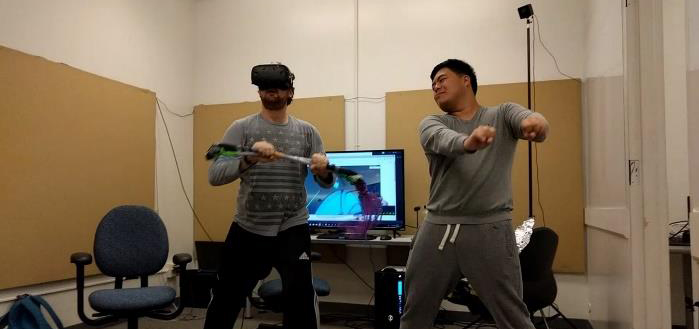
Astaire is an asymmetric collocated virtual reality (VR) game designed with the intent to encourage pro-social play in festival/home settings and provide a better spectator experience than other games. The overall goal of the game is to get the highest score possible by tagging musical notes and footsteps as quickly as you can with your controller, as they appear on beat with the music. Players are rewarded with more points the faster they tag the notes, and each interactable object within the world has a generous hitbox to create a more fluid experience, in that players should not have to struggle because the controllers are not attached to their feet or hands. It is designed to allow for 2 players to use 1 system simultaneously to play, both with different objectives and roles to consider (hence the asymmetry). The players have distinct sources of information. The player with the controller attached to their leg uses the television for guidance, as the view there is from an overhead camera above the map that shows notes that are only interactable with the controller attached to the other player 1 second before they spawn. The player inside VR can see both players’ notes, but not with the foresight or breadth of the other player. They see the footstep notes only interactable for the player outside VR, which they can then guide them to.
#Social Augmentation#Social VR